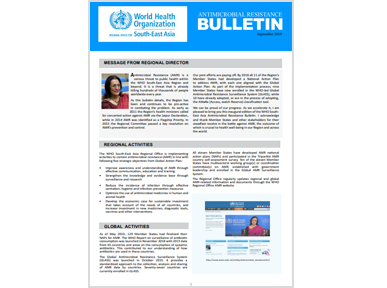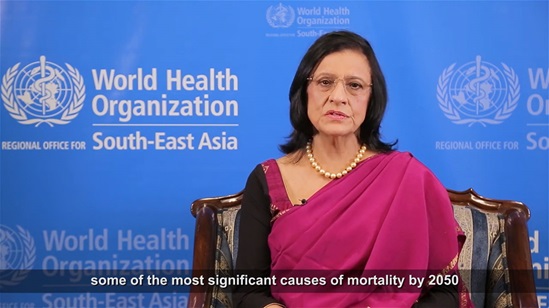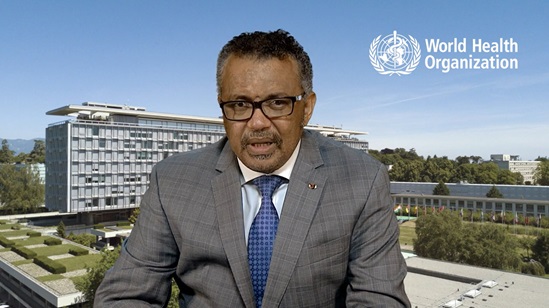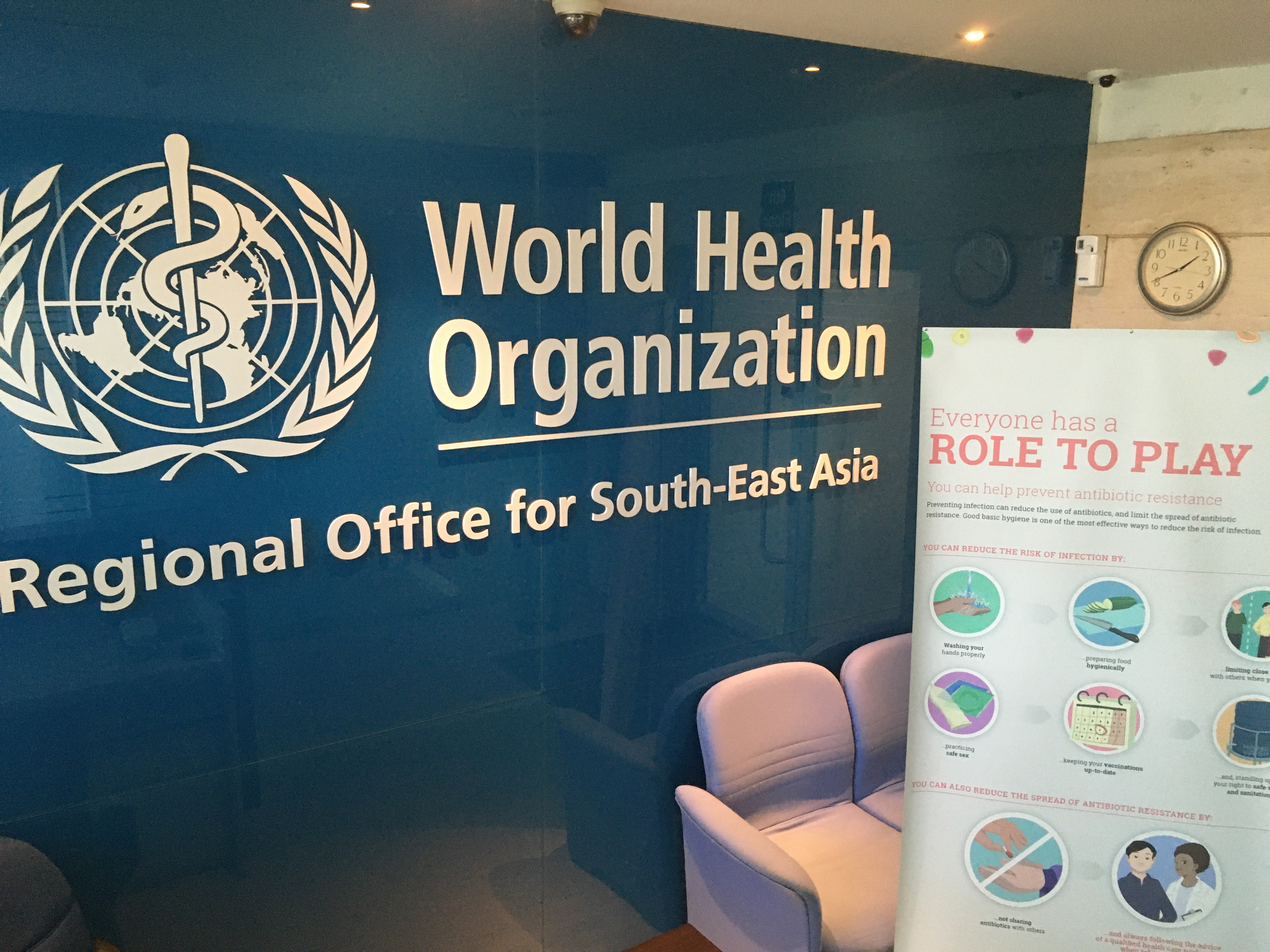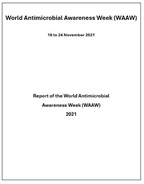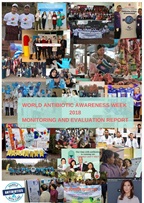Antimicrobial resistance
Antimicrobial agents have played a critical role in reducing the burden of communicable diseases across the world. The WHO South-East Asia Region is no exception. Region-wide, antimicrobial drugs, including antibiotics, have generally been cheap, accessible and highly efficacious. It is with good reason that many have long considered them ‘wonder drugs’.
The emergence of antimicrobial resistance (AMR) is creating ‘superbugs’ that make treating basic infections difficult (and in some cases impossible) and surgery risky. And though the emergence of resistance in microorganisms is a continuous phenomenon, its amplification and spread are the result of one thing: human behavior.
The WHO South-East Asia Region is particularly affected. As WHO-conducted risk assessments have shown, the Region is likely the most at-risk part of the world. Not only does AMR affect the health and well-being of people across South-East Asia, but it also has ramifications for public health and well-being more broadly. As recent history demonstrates – and as this exhibition highlights – in our interconnected world the potential for superbugs to travel is real, making the issue of immense global significance.
The Region has been pro-active in combating the problem. As early as 2011 the Region’s health ministers called for concerted action against AMR via the Jaipur Declaration on Antimicrobial Resistance. WHO continues to assist Member States implement it. In 2014 the battle against AMR was made a Flagship Priority. We continue to support Member States pursue it. And in 2015 the Regional Committee passed a key resolution on AMR’s prevention and control.
All 11 Member States of the WHO South East Asia Region have developed national action plans to address AMR. These are aligned with the Global Action Plan to tackle Antimicrobial Resistance. All Member States are monitoring progress, while implementing national plans with multisectoral stakeholders.


